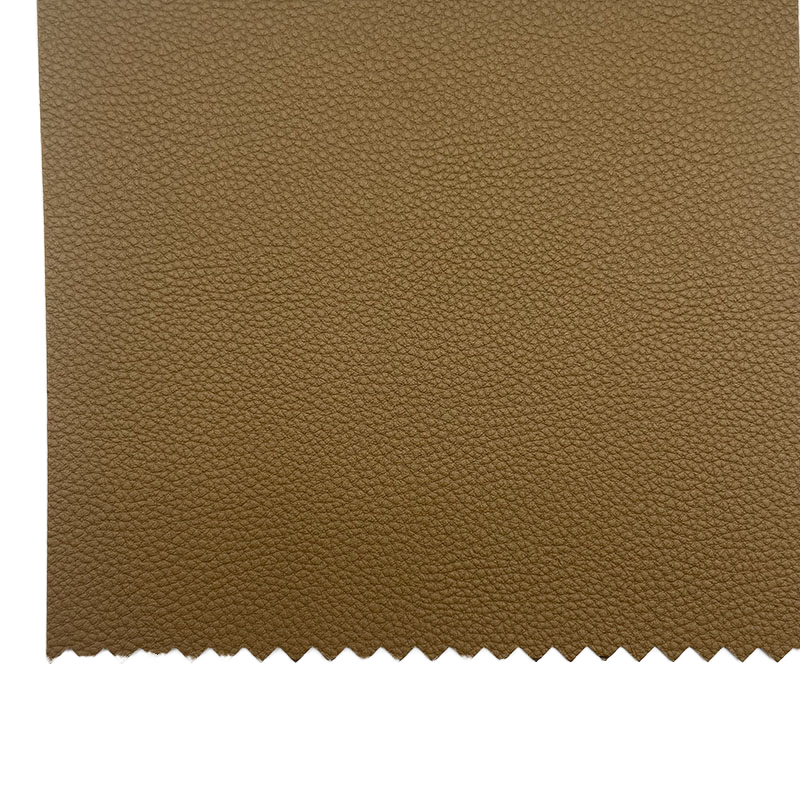Exploring Leather Materials for Bookbinding: A Comprehensive Guide
Feb 22,2025

When it comes to bookbinding, the choice of materials is crucial for the durability and overall appearance of the final product. Leather has long been a favored material among bookbinders due to its combination of strength, flexibility, and aesthetic charm. Understanding the different types of leather and their benefits can significantly enhance your bookbinding projects.
Leather for bookbinding can be categorized into several types, each offering unique characteristics. Full-grain leather is often regarded as the highest quality, retaining the natural grain and imperfections of the hide. This type of leather develops a rich patina over time, adding character to the book. Top-grain leather, while slightly less durable than full-grain, is more uniform in appearance and easier to work with, making it a popular choice for many binders.
Another option is split leather, which is made from the lower layers of the hide. While it is generally more affordable, it lacks the same durability and aesthetic appeal as full or top-grain leather. However, it can still be used effectively for less formal applications or as a lining material.
In addition to traditional leather, there are also synthetic leather options available. These materials can mimic the look and feel of genuine leather while often being more affordable and easier to maintain. However, they may not offer the same level of durability or elegance as natural leather, which is an important consideration for high-quality bookbinding.
When selecting leather materials for binding books, it is essential to consider the intended use of the book. For instance, a high-end, collector's edition book may warrant the use of premium full-grain leather, while a more casual journal could be adequately served with top-grain or synthetic leather. Additionally, factors such as the book's size, weight, and expected wear and tear should also influence your choice.
Beyond durability, leather also contributes to the aesthetic appeal of a book. The texture, color, and finish can create a striking visual impression, making the book not just a functional item but also a work of art. Various finishing techniques, such as embossing, dyeing, and tooling, can further enhance the leather's appearance and personalize the bookbinding project.
In conclusion, leather materials play a vital role in bookbinding, offering a blend of durability and beauty that is hard to replicate with other materials. Whether you opt for traditional full-grain leather or a more modern synthetic alternative, understanding the strengths and weaknesses of each type will help you create stunning and long-lasting books. By making informed choices about leather materials for bookbinding, you can elevate your projects and ensure they stand the test of time.
Leather for bookbinding can be categorized into several types, each offering unique characteristics. Full-grain leather is often regarded as the highest quality, retaining the natural grain and imperfections of the hide. This type of leather develops a rich patina over time, adding character to the book. Top-grain leather, while slightly less durable than full-grain, is more uniform in appearance and easier to work with, making it a popular choice for many binders.
Another option is split leather, which is made from the lower layers of the hide. While it is generally more affordable, it lacks the same durability and aesthetic appeal as full or top-grain leather. However, it can still be used effectively for less formal applications or as a lining material.
In addition to traditional leather, there are also synthetic leather options available. These materials can mimic the look and feel of genuine leather while often being more affordable and easier to maintain. However, they may not offer the same level of durability or elegance as natural leather, which is an important consideration for high-quality bookbinding.
When selecting leather materials for binding books, it is essential to consider the intended use of the book. For instance, a high-end, collector's edition book may warrant the use of premium full-grain leather, while a more casual journal could be adequately served with top-grain or synthetic leather. Additionally, factors such as the book's size, weight, and expected wear and tear should also influence your choice.
Beyond durability, leather also contributes to the aesthetic appeal of a book. The texture, color, and finish can create a striking visual impression, making the book not just a functional item but also a work of art. Various finishing techniques, such as embossing, dyeing, and tooling, can further enhance the leather's appearance and personalize the bookbinding project.
In conclusion, leather materials play a vital role in bookbinding, offering a blend of durability and beauty that is hard to replicate with other materials. Whether you opt for traditional full-grain leather or a more modern synthetic alternative, understanding the strengths and weaknesses of each type will help you create stunning and long-lasting books. By making informed choices about leather materials for bookbinding, you can elevate your projects and ensure they stand the test of time.






